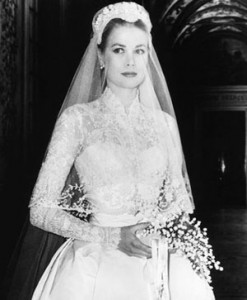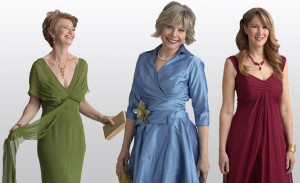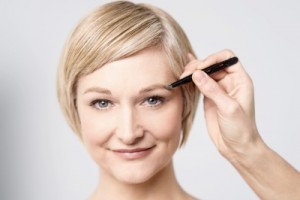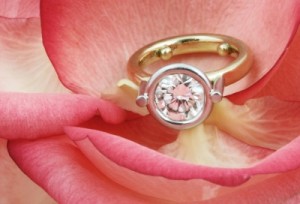 One of my readers asked me the other day if I had any information about the history of bridal wear. You see, this bride-to-be wanted a retro wedding and was looking for some inspiration. Since I’ve never written about this in the past, I thought it’d make a great topic for today’s post. I discovered a lot of interesting factoids as I did my research, and I think you’ll find them quite interesting as well.
One of my readers asked me the other day if I had any information about the history of bridal wear. You see, this bride-to-be wanted a retro wedding and was looking for some inspiration. Since I’ve never written about this in the past, I thought it’d make a great topic for today’s post. I discovered a lot of interesting factoids as I did my research, and I think you’ll find them quite interesting as well.
First and foremost, as I’ve written about before, the tradition of wearing a white wedding dress was essentially started by Queen Victoria in 1840. Prior to this, wedding gowns were ridiculously flashy and intricate. From 1840 through the early part of the 20th century, minimalistic, relatively plain white dresses ruled.
Then in the 1920s, things got a bit wilder, which you might expect from the Roaring 20’s. Wedding dress lengths began to creep upwards and – gasp – actually went above the knee for the first time ever. Concurrently, the hot bridal styles of the day were more formal, and often involved a decorative wedding hat or bird cage veil.
Not much changed over the course of the next 30 years, except the great depression obviously put a huge damper on brides’ propensity to buy an elegant dress. Then in the 50s and 60s, wedding gowns became more sophisticated. The popular style was full length with lots of volume and with long or laced sleeves. Veils remained popular as well.
The 1980s saw the rise of the strapless wedding gown – a style that is still worn by 3 out of 4 brides today. This trend was driven by the growing sense of female liberation and freedom within the US culture at that time, a reduced focus on religious ceremonies, and the ease with which alterations could be made to this style of dress.
Today, the “in” style for wedding dresses seems to be the form fitted strapless variety, especially ones that are simple in design (part of the ‘less is more’ trend). Often a nice jacket is part of the outfit. However, thanks to Kate Middleton’s dress at the royal wedding, long and laced sleeves and more conservative necklines are making a comeback. But form fitted styles still remain trendy, as do frontal veils. Also, the propensity for brides to wear white is on the decline, as now it is acceptable for brides to wear any color they wish. As such, peach, pink, yellow, light green and light blue are the trendy colors right now.
I hope you enjoyed reading this history lesson as much as I enjoyed writing it for you. One of the key conclusions I came to after researching this topic is that wedding gown trends evolve very slowly over time.
It’s really amazing how these cultural norms and preferences become engrained in society, and because of that, they tend to withstand the test of time. I mean, the white dress tradition started over 170 years ago, and to this day most brides still wear white. Absolutely amazing!



Speak Your Mind